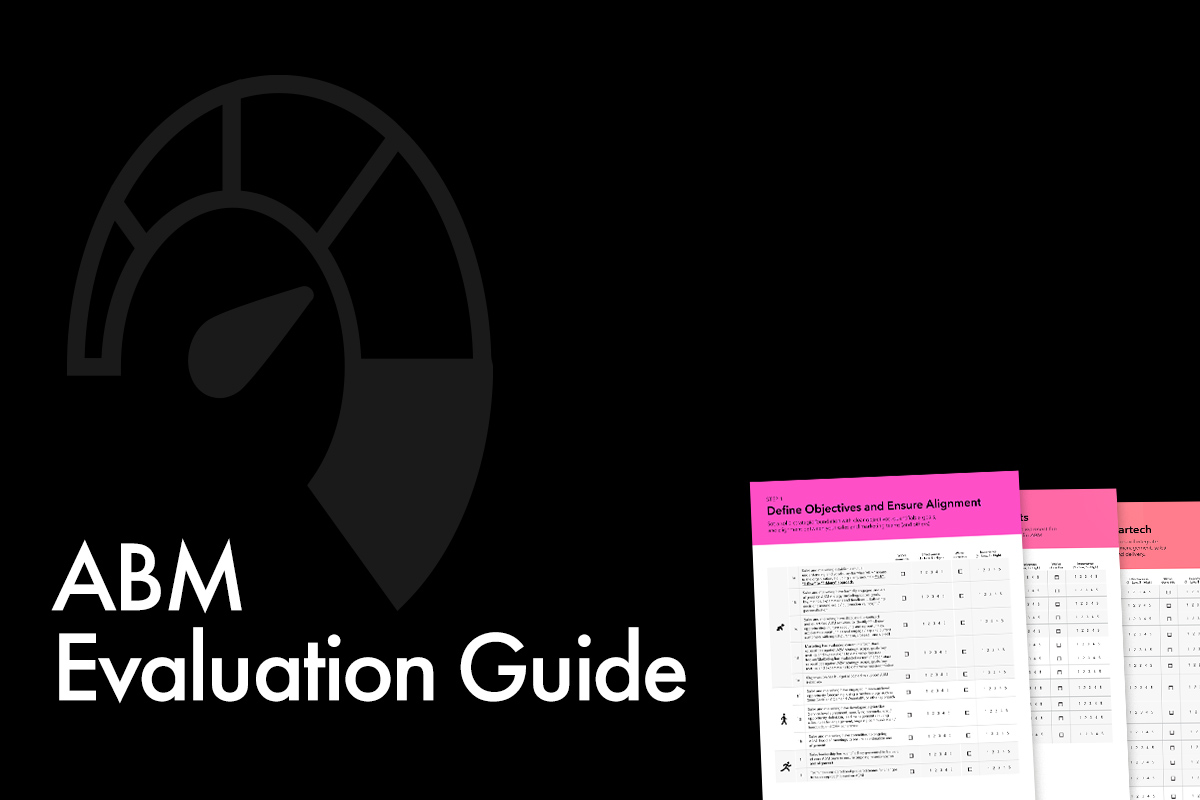How to Empower Your Sales Team Through Content Marketing

Share this story
If you’re going to create sales enablement and marketing content, make sure the connection between sales and marketing is real.
How do sales and marketing teams work together—or not—to achieve their objectives? Consider two stats from a 2020 LinkedIn report on B2B sales and marketers.
First: 90% of sales and marketing professionals believe that customers benefit when sales and marketing messages and initiatives are aligned. Yet that exact same percentage of those individuals reports this: Sales and marketing are misaligned across content, strategy, process and culture.
When we share statistics like this in presentations, there is an audible gasp from our prospective clients. People who work day in and day out to create sales enablement and marketing content want to make sure they’re actually accomplishing their goal of ultimately benefitting sales.
As a salesperson myself, I understand how this disconnect takes place. It all boils down to communication. For any content marketing program to be effective, you need to consider those ancillary users—the sales team, the financial advisers, the resellers—and empower them to easily use the materials you create. They are a powerful part of the program’s ecosystem.
By thoughtfully incorporating their needs into your content marketing strategy, you not only end up with a more well-defined and informed program, but you also are much more likely to demonstrate key success at the end of the year. After all, if you can’t measure it, how do you know if your thought leadership content is pulling its weight?
Here are three tips for integrating sales enablement content into your broader content marketing strategy:
1. Stakeholder interviews
Before you even launch a program, designate a discovery phase to talk to top-performing sales reps. Dig deep into their pain points, the questions customers ask most often, the language they use to describe their business, the marketing materials that they return to again and again, the materials they have developed on their own (I know—gasp—but these usually exist) and their wish list of support materials. You’ll walk away with great fodder for a content program and buy-in from a team that’s eager to use it.
2. Develop a strategy
Use the insights from the stakeholder interviews to determine how you can best support sales. What channels make the most sense, for example: an existing intranet, a printed piece or perhaps email newsletters? Decide how frequently you should deliver this information. Outline potential buyer journeys and ensure that you are providing a full spectrum of materials that can be used in every stage of the journey—from awareness to consideration to purchase. This is all a core tenet of content marketing, but you’d be surprised how often people skip this critical strategic step. Plus, having a clear and concise strategy will give you a leg up when you’re pitching the C-Suite.
3. Execute and assess
In conjunction with any live content program, develop a guide for your sales team that announces new initiatives, provides possible talking points to facilitate discussions with prospects and leads, and suggests specific content pieces that the sales team can use depending on what stage of the funnel the prospect is in. For example, former Imagination client Dawn Foods executed this flawlessly with the development of its monthly sales guide titled The Batch.
However, the work doesn’t stop with simply delivering such a guide. Circle back to the sales team to see if (and how) the materials are actually being used. If they’re not, ask why not, and then reassess the plan. If they are being used, analyze what is working well and what materials could be expanded.
This additional consideration for your content marketing program takes a little extra time, but the payoff is a well-informed strategy that is supported across the organization.
Looking for more strategy smarts? Read up on why sales belongs in your content marketing.


